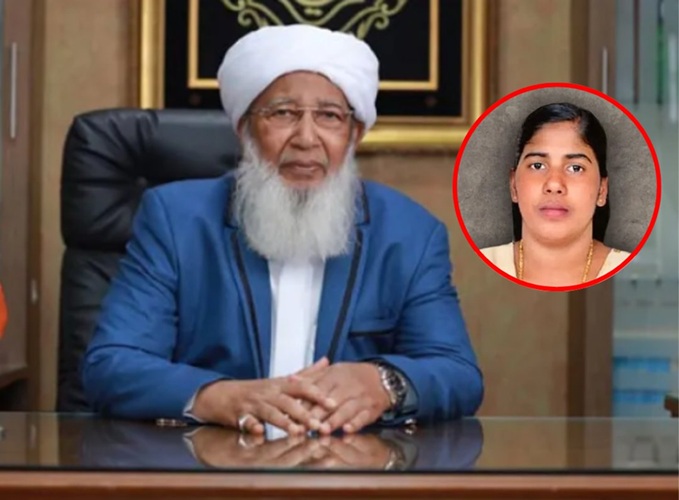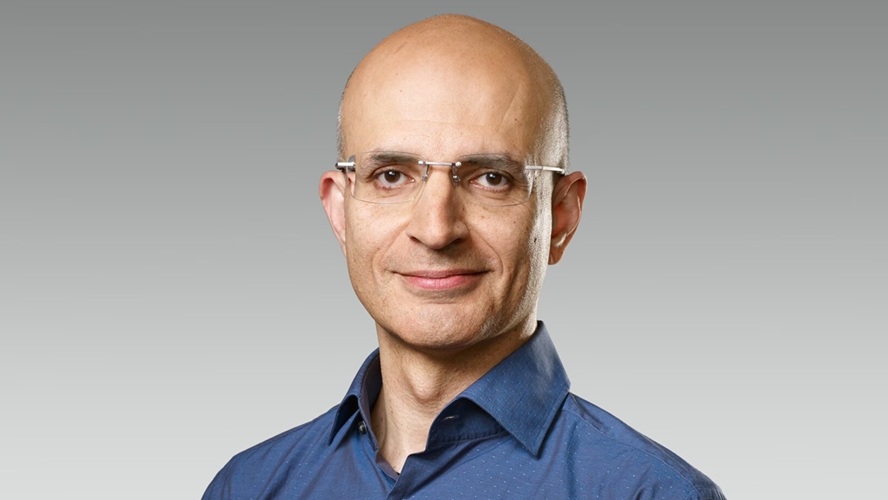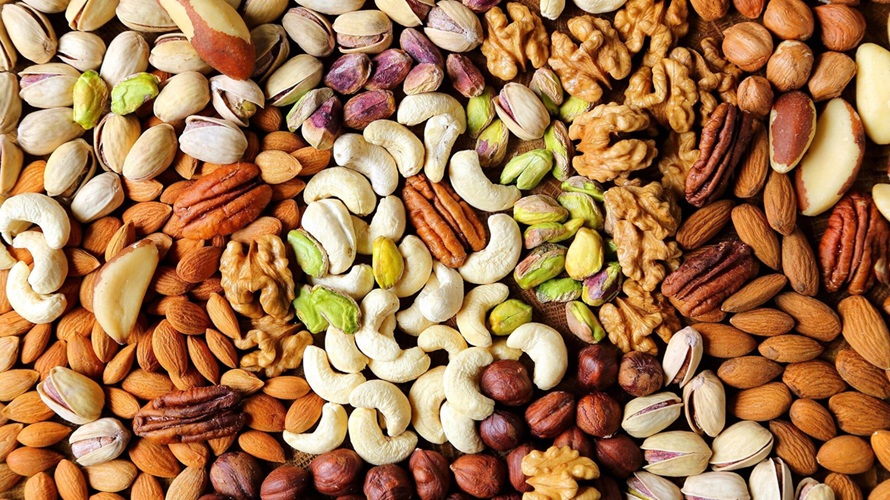 New Delhi, (IINA) : Despite almost trebling in the decade ending 2010 from 5.2 percent to 13.8 percent the rate of Muslim enrolment in higher education trailed the national figure of 23.6 percent and that of other backward classes (22.1 percent) and scheduled castes (18.5 percent). Scheduled tribes lagged Muslims by 0.5 percent.
New Delhi, (IINA) : Despite almost trebling in the decade ending 2010 from 5.2 percent to 13.8 percent the rate of Muslim enrolment in higher education trailed the national figure of 23.6 percent and that of other backward classes (22.1 percent) and scheduled castes (18.5 percent). Scheduled tribes lagged Muslims by 0.5 percent.
The rate of enrolment is a measure of the number of enrolments in higher education, regardless of age, in a given academic year compared to the 18 to 23 year-old population eligible for higher education in that year, Scroll.in news reported.
In proportion to their population, Muslims were worse-off than scheduled castes and scheduled tribes. Muslims comprise 14 percent of India’s population but account for 4.4 percent of students enrolled in higher education, according to the 2014-15 All India Survey on Higher Education.
The situation has worsened over the last half century, according to the 2006 Sachar Committee, appointed to examine the social, economic and educational status of the Muslim community.
Among younger members of scheduled castes and scheduled tribes, (aged 20 to 30), the committee reported three times the proportion of graduates as in older scheduled castes and scheduled tribes (aged 51 years and above). Among Muslims, the committee found double the proportion of graduates among younger Muslims compared to older ones, “a widening gap between Muslim men and women compared with ‘All Others’, and an almost certain possibility that Muslims will fall far behind even the SCs/STs, [scheduled castes and scheduled tribes] if the trend is not reversed”.
Since Justice Rajindar Sachar completed his report a decade ago, the gross enrolment rate of Muslims doubled from 6.84 percent to 13.8 percent. Despite this, they trail the national average, as IndiaSpend said.
The 147 percent increase in enrolment rate for scheduled castes and 96 percent increase for scheduled tribes since 2001 though it lags in comparison to the general population is the outcome of affirmative action, as we explained in part one of this series. The second part described how the proportion of other backward classes in higher education is now almost the same as their corresponding share of the general population.
There is little doubt that Muslims are among India’s most economically disadvantaged communities. Hindus who are not classified backward and other minorities spent 60 percent more than Muslims, according to the Sachar Committee did, Siasat Daily news reported.
No more than 81 percent of urban male Muslims are literate, the lowest literacy rate among urban males from Indian religious groups Hindus (91 percent), Christians (94 percent), Sikhs (86 percent) and Others (95 percent) according to Employment and Unemployment Situation among Major Religious Groups in India, a 2010 National Sample Survey Office (NSSO) report.
Among Muslims, the work participation rate, another key determinant of socio-economic well-being, representing the workforce per 1000 population, was the lowest of all the major religions-536, below Sikhs (568), Christians (540), Hindus (563) and others (573) according to NSSO 2010.
In the North, lack of schools holds back Muslims from higher education
“There is a spectacular ‘digital divide’ between South and North Indian Muslims in terms of education, and thereby in political empowerment,” wrote Syed Iqbal Hasnain former vice chancellor of the University of Calicut and a distinguished visiting fellow of the USA’ Stimson Center, a nonprofit in a 2009 book, Muslims in North India: Frozen in the Past.
“South Indian Muslims, particularly of Kerala, Tamil Nadu, Andhra Pradesh, Karnataka and Maharastra have shown impressive progress in education, compared to their counterparts in Bihar, UP (Uttar Pradesh), Madhya Pradesh, Rajasthan, Jammu and Kashmir and Haryana,” wrote Hasnain.
Affirmative action in south India is only one reason for this divide.
In south India, a push for education particularly by local leaders has boosted enrolment at all levels.
In contrast, Muslims in north India have fewer schools to access.
Muslim school dropouts: those who never make it to the higher education threshold
Across India, half of Muslim children who complete middle school dropout during secondary school, according to the Sachar Committee.
The dropout rate among Muslims is higher than the general population: 17.6 percent, compared to the all-India average of 13.2 percent, according to a 2014 study based on 2005-06 National Family Health Survey (NFHS) data.
In Rajasthan, 18.5 percent of Muslim primary school students dropped out, as did 20.6 percent upper primary students, compared to the state averages of 8.4 percent and six percent, according to a 2013-14 survey by the state’s district information system for education and independent bodies.
“High dropout rates among Muslims, especially after middle school, are to blame for the community’s small pool of youth eligible for higher education and therefore, low share of higher education enrolments,” said Rakesh Basant, professor of economics at Indian Institute of Management-Ahmedabad, and a member of the Sachar Committee.
Correspondingly, Basant advocates “supply side interventions”, such as scholarships for students and good neighborhood schools, to ensure more Muslim children pursue higher education.





0 Comments